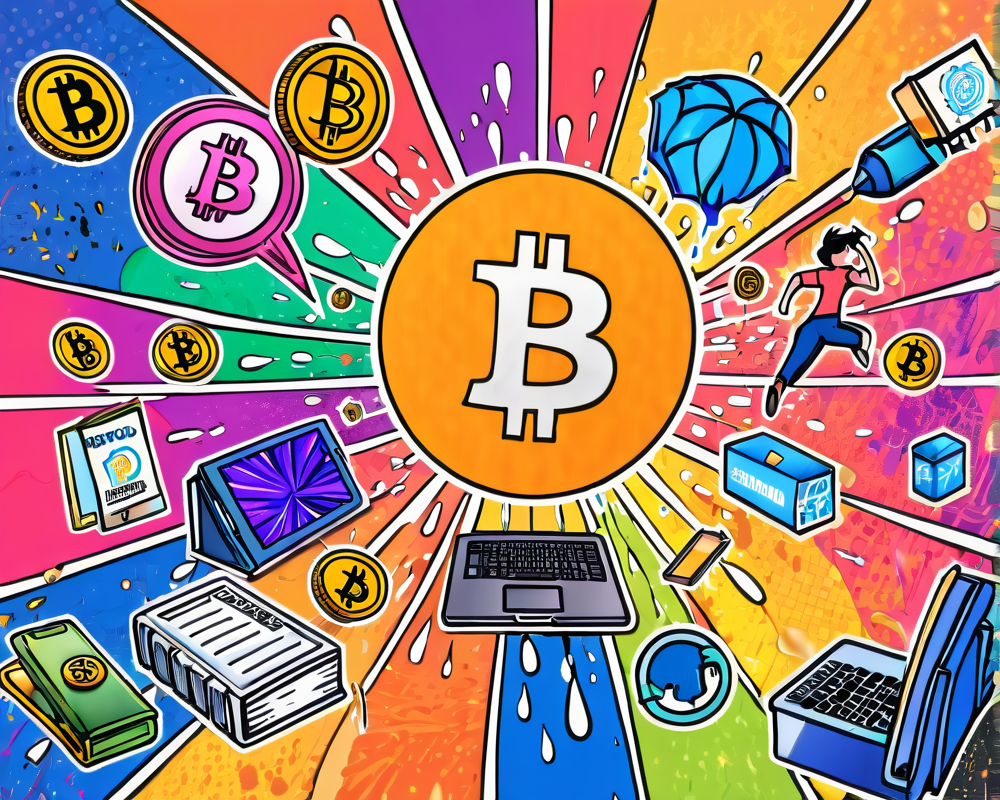A Star Bank Turns to Dust
Once upon a time, Silicon Valley Bank (SVB) was the toast of the town, flaunting its status as a premier financial institution serving the crème de la crème of the technology and venture capital industries. For five glorious years, it basked in accolades, earning a coveted spot on Forbes’ list of the best banks in the U.S. One might think they’d established a financial fortress that would withstand any economic storm. Spoiler alert: They didn’t.
The Shocking Closure
Fast forward to March 10, 2023, and what was once a symbol of reliable banking suddenly found itself under the control of the Federal Deposit Insurance Corporation (FDIC) faster than you can say “financial meltdown.” After years of riding high, SVB’s downfall was both swift and dramatic, leading to the deletion of their highly public Twitter account, where just before their demise, they were proudly boasting about their past achievements.
Impact on the Cryptocurrency Market
The fallout from SVB’s closure was not limited to themselves. The broader cryptocurrency ecosystem felt the tremor, especially stablecoin issuer Circle, whose $3.3 billion in reserves were tied up in SVB. Naturally, USD Coin (USDC) got a bout of identity crisis and slipped from its $1 peg—however, like a phoenix rising from the ashes, it has since clawed its way back towards stability.
Stock Price Rollercoaster
For those not tracking the stock market like it’s a reality TV show, SVB’s shares have been on a ride that could induce motion sickness. Beginning with prices oscillating between $136 and $325 from 2018 until the end of 2020, it saw highs that brought it to near $759 in late 2021. But alas, the party couldn’t last forever, and the stock price nosedived to a dismal low of $100 following the bank’s closure.
Expert Insights
William Quigley, co-founder of Tether and former venture capitalist, weighed in on this disaster, shedding light on questionable timelines and decisions by the U.S. Treasury Department. Quigley noted that the Treasury was in the loop since December 2022, aware that SVB was in dire straits but decided to let them continue operating. Talk about enabling behavior!
A Clean Bill of Health?
Adding insult to injury, how did SVB still hold an AA debt rating just before it collapsed? With KPMG giving it a clean audit just three weeks prior, it seems the financial world may need to reconsider which metrics truly indicate the health of a bank.
Conclusion
The story of Silicon Valley Bank is one for the books, showcasing the volatile nature of banking and investment in sectors fueled by speculation and innovation. As we reflect on this swift tragedy in our finance fables, remember: What goes up, can definitely come down, especially if you mix severe mismanagement with hype and high stakes.




